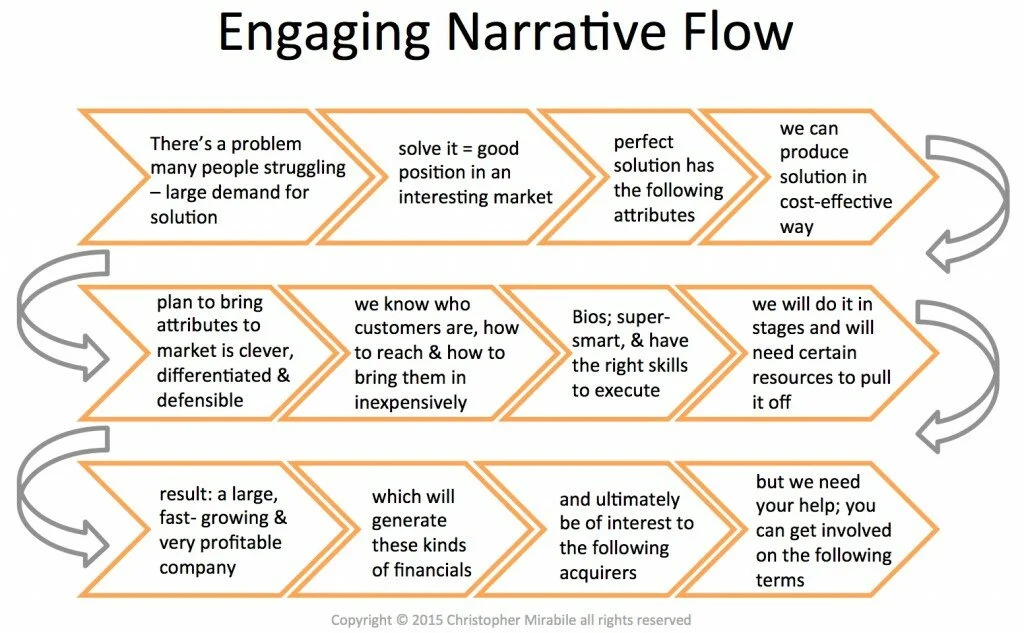
Augustin Rafael Reyes
Competent entrepreneurs can explain their company in terms of what the product does. Good entrepreneurs can explain their company in terms of their customer and their market. Funded entrepreneurs can pitch their company in terms that an investor can relate to.

Problem & Customer
Market

Jessie Owen
Solution
Product
Plan
Go To Market

John W. Iwanski
Your Awesomeness
Company Development
Financial Model
Exit Options
Call to Action
Comments, questions or reactions to this post? Leave a note below and I will respond to your questions.
If you enjoyed this post, you might enjoy my other posts on Angel Investing, Communication, Entrepreneurship, Video Interview Series, or my recent curated links you might have missed on: Investing & Entrepreneurship.
Subscribe – To get an automatic feed of all future posts subscribe to the RSS feed here, or to receive them via email enter your address in the box in the upper right or go here and enter your email address in the box in the upper right. You can also follow me on Twitter @cmirabile and on Google+.
Thanks for the informative, helpful, and practical outline.